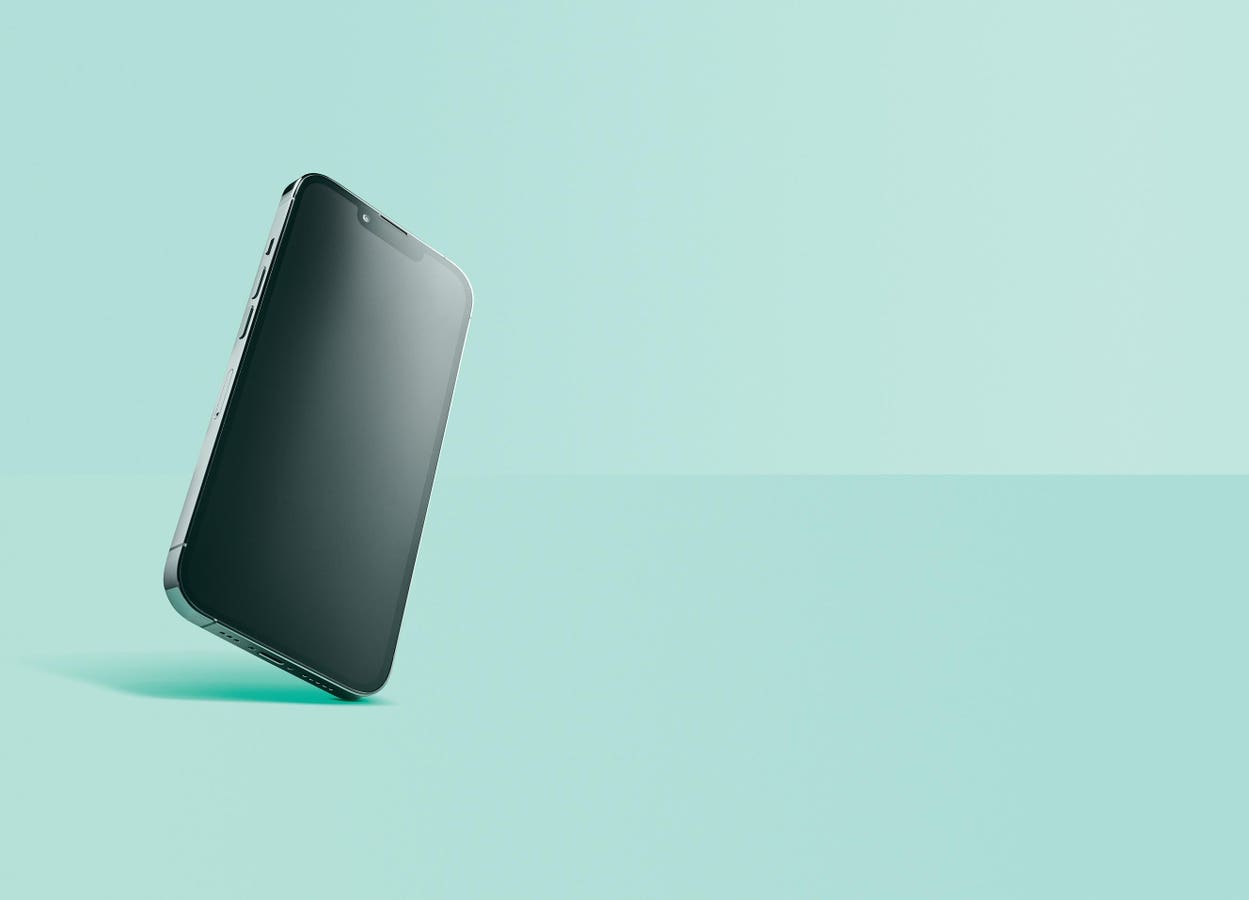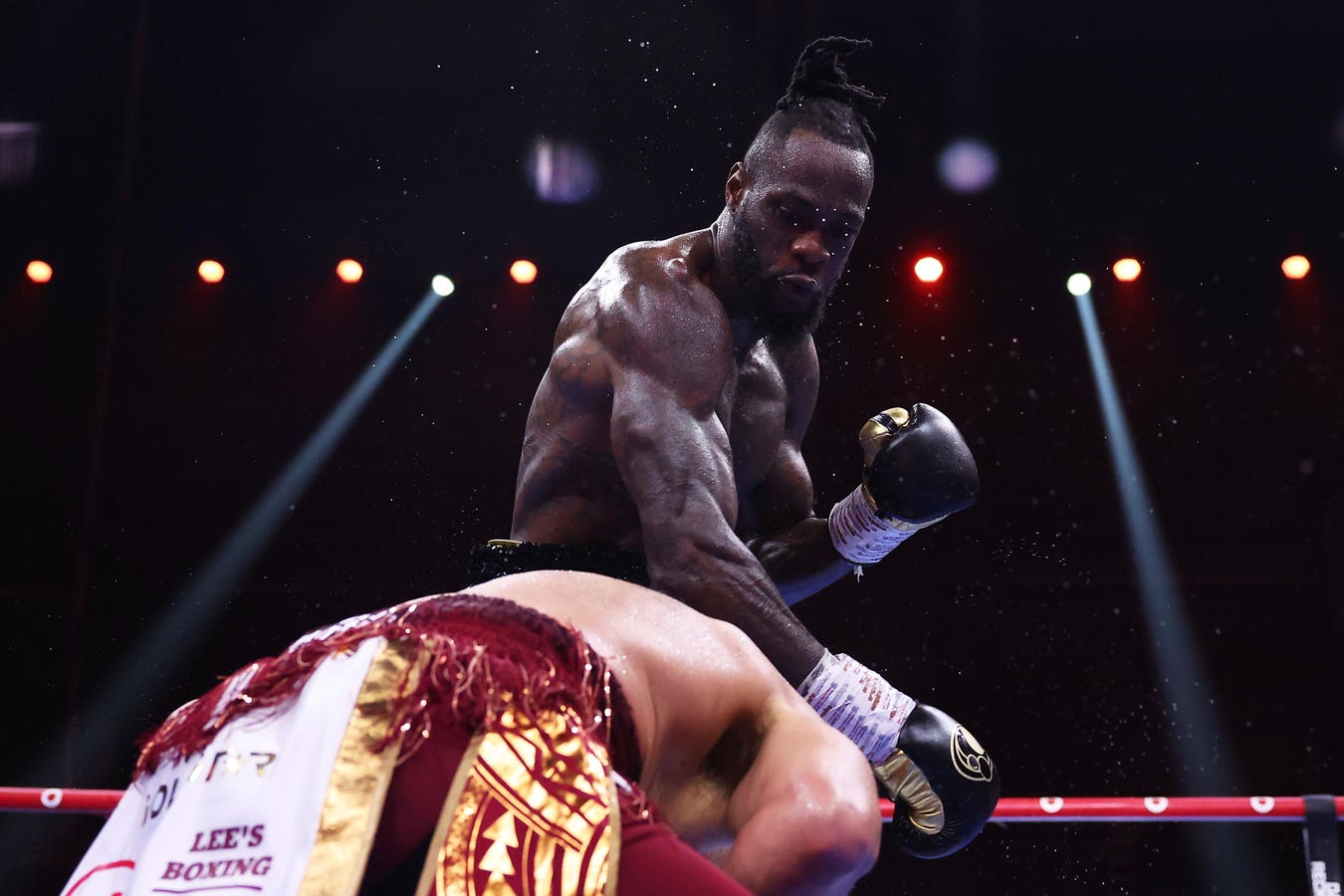Business professional interacts with AI Generate bar on a mobile device, showcasing the seamless integration of artificial intelligence and technology to simplify complex tasks anytime, anywhere
getty
Artificial intelligence has transformed the creator economy in less than two years. For creators navigating multiple platforms, formats and audiences, AI is now foundational infrastructure. Tools can cut, reframe, title and post content faster than most creators ever could on their own.
As automation spreads, a defining question has emerged: can creators scale without sacrificing what makes their content distinct?
A recent Digiday survey suggests audiences are already forming opinions. It found that 81% of consumers prefer genuine, creator-produced content over AI-generated content, even when that AI content comes from the creator themselves. In a landscape saturated with algorithmic content, human voice and personality remain essential.
The team behind OpusClip, one of the fastest-growing AI tools for video content, believes this preference will only intensify. Young Zhao, Co-founder and CEO, puts it plainly: the future of AI content creation should not replace creativity, but enhance it. “Soulless, fabricated AI slop content won’t last long,” he says. “Authenticity means the content stays true to the creator — their personality, purpose, original stories, and real-life footage — without distortion or deception.”
This belief, that AI should serve the creator’s intent, is shaping how companies like OpusClip are building for the next phase of the creator economy. It is also becoming a filter for creators choosing which tools to trust.
Rethinking Creative Control
OpusClip is one of the fastest-growing tools in the creator economy today, offering automated video clipping and reframing for short-form content. Its popularity stems not only from speed and efficiency, but from how it’s designed to serve the creator’s vision. As Zhao explains, “Users want to be the owners but not necessarily the executors. They want to interact easily with our AI by providing instructions and guidelines.”
To accommodate that, the product is structured with flexibility at its core. “We envision the product to operate as autopilot by default and as a copilot when users need to manually intervene. Users can simply click on the screen or direct our AI’s focus. The AI will then handle all the executive tasks to help users achieve their creative goals.”
This model allows creators to maintain control of their voice and storytelling while letting the technology handle the manual workload, a relationship that’s proving increasingly attractive as expectations for output rise.
Built With Creators
To stay aligned with real creator needs, OpusClip updates its roadmap every two months. According to Zhao, the company combines two sources of insight: “1. How the latest AI breakthroughs can 5x output quality and user experience. 2. Customer pain points and top-requested features to help them reach their goals.”
This feedback loop has led to product innovations like ClipAnything, a model designed to generate clips from all types of videos, even those without spoken words. “For example, when LLMs improved video understanding in 2024, we were first to build ClipAnything model that can clip all kinds of video genres even without spoken words, like lifestyle, sports and gaming,” Zhao says.
As creators increasingly asked for improved reframing capabilities, the company launched ReframeAnything 2.0. Zhao describes it as “the most advanced reframe engine in the market, to reduce editing effort.”
The team also works closely with their Creator Advisory Board; a group of active creators who help vet ideas before they’re built. “They help us validate what’s truly valuable for creators and worth building next,” Zhao explains.
Measuring Success by Growth, Not Output
One of the defining shifts in how creators work today is the focus on outcomes. Views, followers and audience retention are more valuable than ever. As Zhao puts it, “Editing isn’t the end goal. Delivering views and audience growth is.”
OpusClip has structured its platform to support that shift. “OpusClip is evolving into the growth engine that can identify trending topics, surface high-potential clips and auto post with tailored titles and thumbnails that match the creator’s voice,” Zhao says. “It can iterate clip curation and selection based on data analytics, to help creators grow consistently.”
That growth is showing up in real user stories. “A brand new podcast grew from 0 to 35,000 subscribers in 8 months,” Zhao shares. “And one podcast clip created by OpusClip hit 1.8 million views on their brand new TikTok channel within 2 months. The beginner podcaster didn’t expect that kind of growth result and couldn’t have achieved it without OpusClip.”
Even veteran creators are unlocking new opportunities with AI. Zhao describes how All the Smoke, the video podcast hosted by Matt Barnes and Stephen Jackson, uses OpusSearch to resurface viral clips from its archive. “They can easily pull million-view clips from episodes recorded years ago, some of which the team had forgotten.”
10 Million Users, One Core Insight
With more than 10 million users, OpusClip now serves creators ranging from solo beginners to major digital brands. Grace Wang, Cofounder and CMO, says the needs of these users might differ in scale, but not in kind.
“Whether it’s a first-time creator, a new podcast, the most established ones like Mark Rober or Steven Bartlett (the Diary of a CEO), or even major media enterprises, one thing holds true: clipping for omni-channel distribution is the most effective growth engine to reach and grow audiences fast on social media today,” Wang says.
As the AI engine has improved, she has seen growing trust in automated workflows. “From beginners to professional creators and editor teams, everyone wants to focus on high-value creative work, instead of spending hours clipping, reframing and posting,” she explains. “As OpusClip quality upgrades, they’re increasingly open to automated clipping workflows and trust AI to handle tedious parts and post for them.”
This is also transforming the role of human editors. “With manual execution time saved, many editors can focus more on creative direction like storytelling and audience strategy,” Wang says.
Introducing Agent Opus: A New Creative Model
Looking forward, OpusClip is expanding beyond clipping and reframing. The company is developing what Zhao calls “the world’s first AI video agent for social media.”
This next-gen tool, Agent Opus, aims to provide creators with a fully-integrated, AI-driven production pipeline. “Multiple AI agents — researcher, scriptwriter, storyboard artist, motion designer, video editor, asset collector, hook designer, etc. — can turn weeks of production into minutes,” Zhao says.
The product is being designed to act like an in-house creative team, offering scalable support across ideation, editing, publishing and growth, all while preserving the creator’s unique identity and style.
Authenticity at Scale
Zhao believes tools like OpusClip can help creators meet the moment without compromising who they are. “AI tools like OpusClip will act as a full-stack creative team, helping creators turn raw ideas and footage into polished, high-quality videos with taste, and grow their audience effortlessly,” he says.
The company’s broader mission is rooted in accessibility and empowerment. “Anyone can express their unique ideas and stories through video format easily,” Zhao says.
The tools may be getting smarter, but the creator economy still revolves around something AI can’t generate: human resonance. Platforms that prioritize taste, context and the creator’s voice will shape the next decade of digital storytelling.









